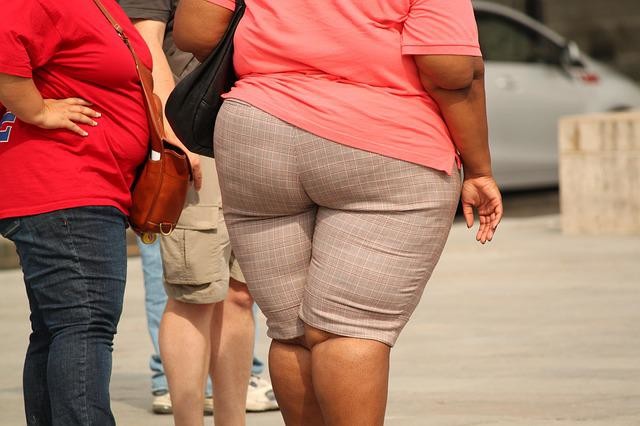
[The Public = Daniel Park] Last year, the obesity rate among men in their 30s stood at 55.4%, exceeding 55% for the first time ever. The obesity rate among men in their 40s was 54.1%, close to 55%. It is interpreted that this is because the amount of activity has decreased and the eating habits have deteriorated in the aftermath of the corona virus pandemic.
According to data from the National Health Insurance Corporation, 39.3% (6.64 million) of the 16.9 million adults who received national health checkups last year were obese. In 2019, before the outbreak of the corona crisis, the adult obesity rate was 38.3%, a 0.97 percentage point increase. Considering that Korea's population was about 51.63 million last year, the number of obese people have increased by about 500,000 after pandemic. This means 4 out of 10 people are obese. If your body mass index (BMI), obtained by dividing your weight (KG) by the square of your height (m), is 25 or more, you are classified as obese.
Corona obesity was more pronounced in men than in women, and in the young and middle-aged rather than the elderly. The obesity rate among adult males jumped 1.8 percentage points from 46.9% in 2019 to 48.7% last year. On the other hand, the adult female obesity rate increased by 0.4 percentage points from 29% in 2019 to 29.4% in 2021.
Obesity rates surged among adult males of all age groups. The obesity rate among men in their 40s was 54.1%, up 2.75 percentage points from 2019. This was followed by those in their 30s (2.7 percentage points) and those in their 20s (2.66 percentage points). Those in their 50s (1.7 percentage points) and those in their 60s (0.84 percentage points) showed a relatively low rate of increase compared to men of other age groups.
The increase in adult women in their 30s was remarkable. The obesity rate in their 30s increased by 1.74 percentage points compared to 2019 to 22.4%. The obesity rate increased significantly in the order of those in their 20s (1.23 percentage points) and those in their 40s (1.16 percentage points). For women in their 50s, there was no significant change compared to before Corona at 0.03%, and for women in their 60s and over, the obesity rate decreased by 0.57%.
The main cause of the increase in the obese population is the corona virus. This is because the amount of outdoor activity has decreased due to social distancing and poor eating habits. In particular, one of the main reasons is the decrease in people's activity. Working from home instead of in the cafeteria where a nutritionist prepares meals may have played a role, too, and often eating high-calorie, delivery-to-order meals. Kang Jae-heon, a professor of family medicine at Kangbuk Samsung Hospital, said, "The rapid increase in obesity rates mainly among young people who work or have a lot of social activities means that they are not able to do outside activities than before."
The impact of the prolonged COVID-19 outbreak on society as, directly or indirectly, is not small. In particular, the rate of obesity among children and adolescents increased due to various factors during this period, requiring special attention.
In the aftermath of social distancing, children and adolescents missed the normal growth period as they went through difficult times both physically and emotionally, such as reduced activity levels, bad lifestyle habits, and severe social relationships. The obesity rate among children and adolescents increased during this period.
According to a survey, 3 out of 10 students in Seoul are overweight due to the increase in the amount of time they spend at home due to the corona virus. According to data released by the Seoul Office of Education at the end of January, the proportion of overweight students in Seoul from 26.7% in 2019 has increased significantly to 32.3% in 2021. The World Health Organization (WHO) has already adopted the 'Obesity Eradication Charter' in 2006 and has proposed measures to regulate food advertisements for children, promote low-salt, low-sugar, and low-fat processed foods, and strengthen the management of school nutrition and physical education.
Yang Mu-yeol, a specialist in pediatrics at H Plus Yangji Hospital, said, "As children and adolescents spend more time at home due to COVID-19, active physical activity decreases. "It seems that obesity in children and adolescents can be linked to adult diseases such as hyperlipidemia, fatty liver, high blood pressure and diabetes," he cautioned.
[Image by Pixabay]
The Public / Daniel Park webmaster@thepublic.kr
더퍼블릭 / Daniel Park webmaster@thepublic.kr
